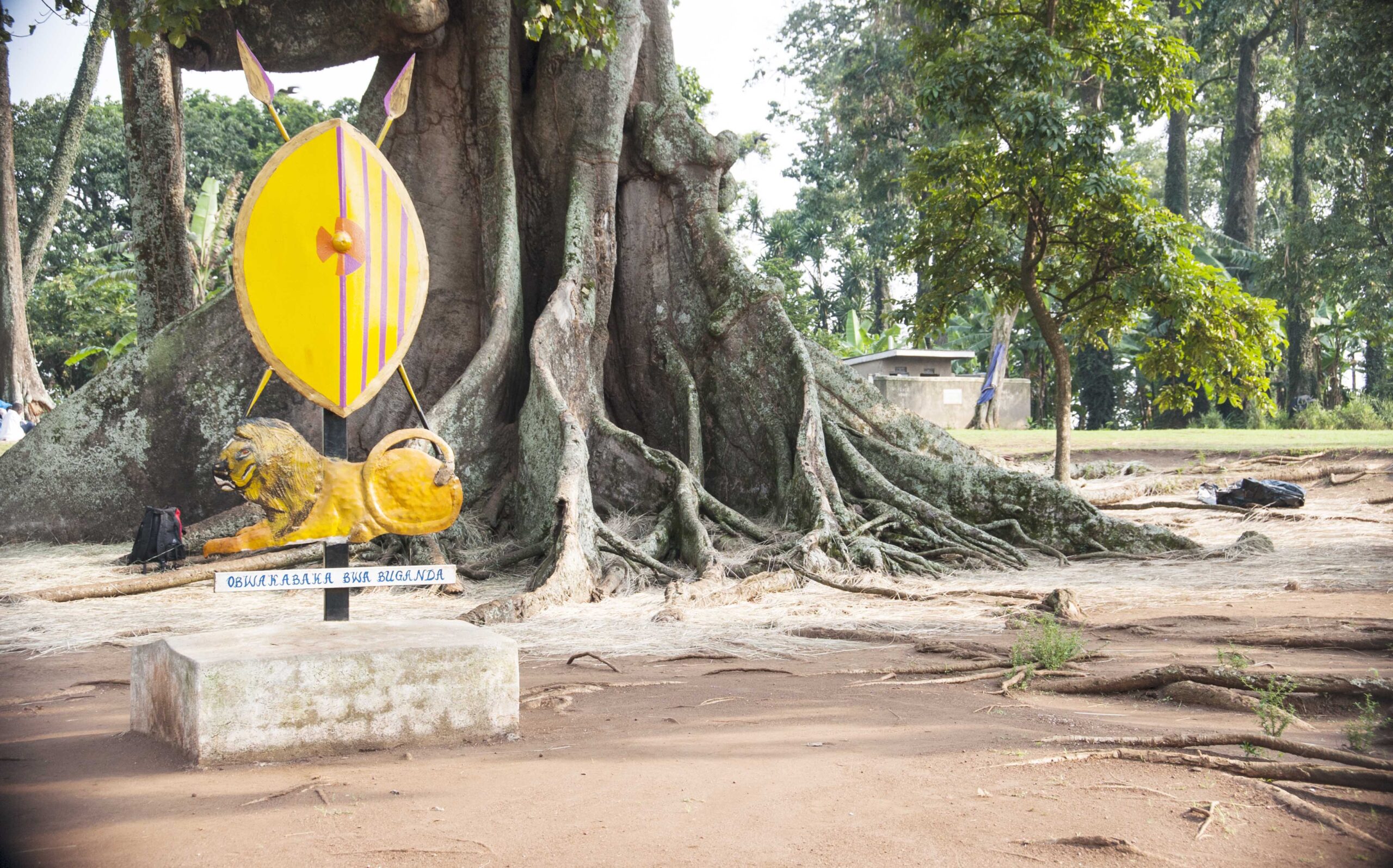By Kalungi Kabuye
Mubende is not on your typical tourism route; in fact, most people do not even stop while on the way to western Uganda and its numerous tourist attractions. There is no decent spot for travellers to stop over and have a break in the 5-hour drive to Fort Portal, the only point is probably that Mubende is roughly halfway to Fort Portal. So when you get there about half the journey is done.
But it was not always like that. During colonial times Mubende was an important outpost for the British. Especially during the wars to subjugate Omukama Kabalega of Bunyoro. More importantly, Mubende was also the first capital of the mythical Bachwezi, reportedly demi-gods who started the Bunyoro-Kitara empire.
The only remaining sign of the departed Bawchezi is the so-called ‘Nakayima Tree’, which is reputed to be over 1,000 years old. Situated on the highest of Mubende’s many hills, it draws hundreds of believers who come to ask the ancestors for favours and solutions to various problems. Colonial maps marked it as ‘The Witch Tree’, and that only changed recently.
I first went to see the Nakayima Tree in 1996; although the most prominent hotel then was name Nakayima, and half the shops in Mubende were Nakayima this or the other, no one seemed to know exactly where it was.
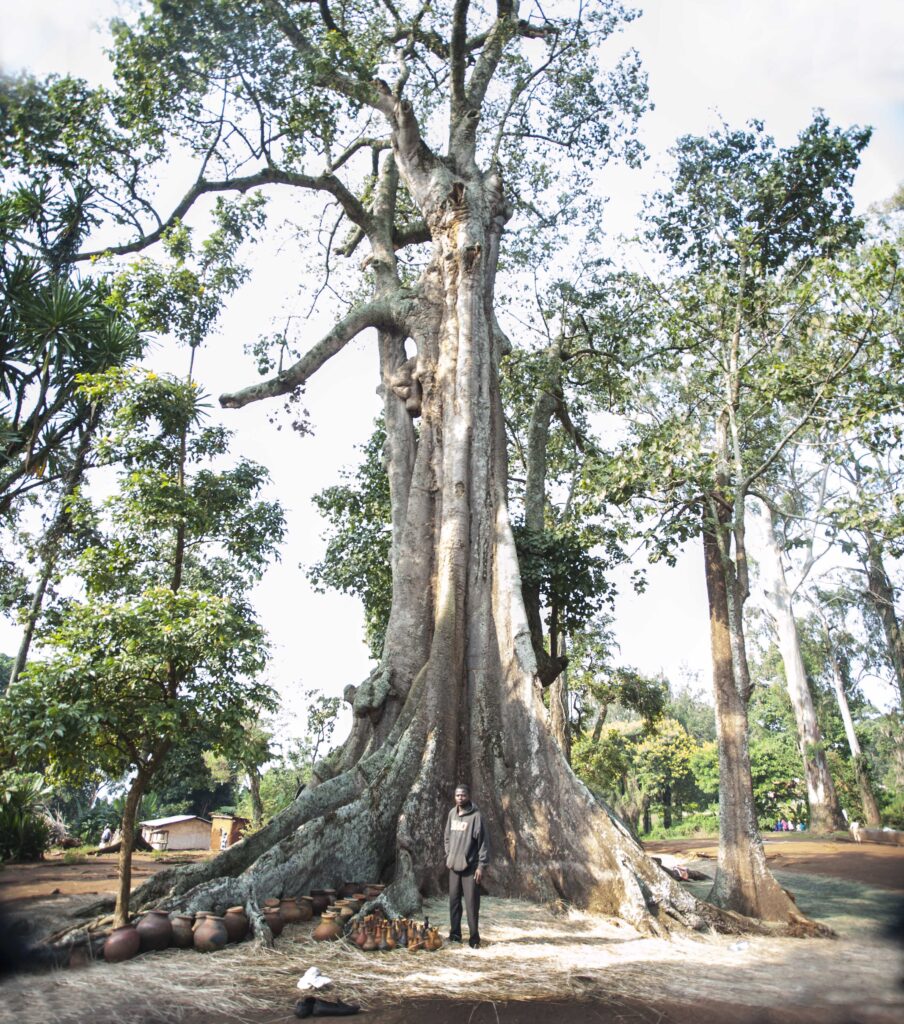
When I went back in 2019, as a by the way while on another project, it was still the same, you have to ask for directions. There was no signpost to point your way to what is described as a national heritage site. The young boda boda riders we stopped to ask had no idea what the Nakayima tree was, or where it could be found.
Eventually we found an elderly lady who pointed out the road to take, “… that way and climb the hills”, she said. So we climbed the hills in our 4-wheel drive SUV, and climbed, and climbed, and then climbed some more. Nothing looked familiar, and I was beginning to think we had taken a wrong turning, when after yet another corner a signpost announced ‘Mubende Town Council welcomes you to Nakayima Tourist Site’.
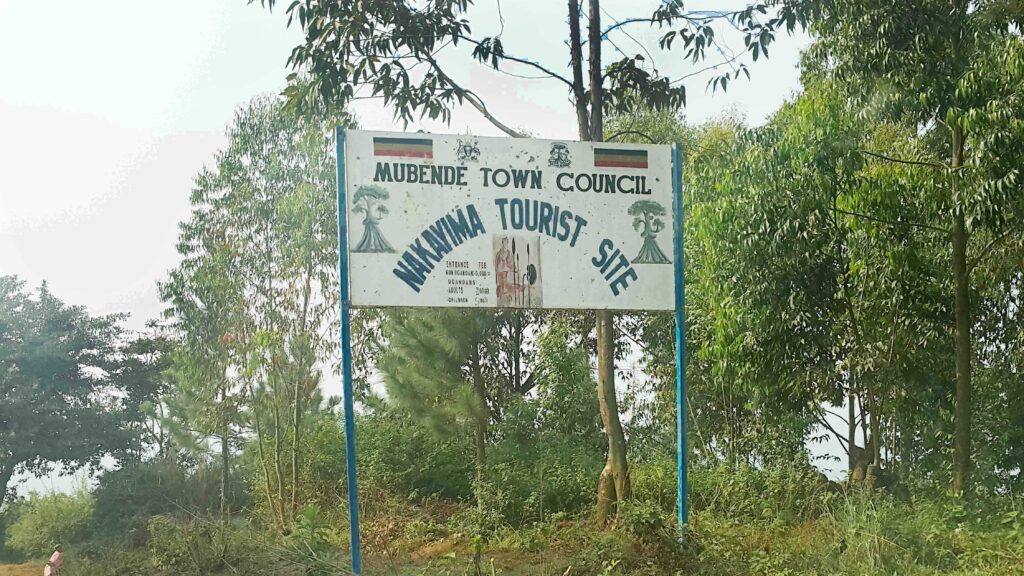
After yet another corner we got to the top of the hill, and there in front of us was a very tall tree, surrounded by a circle of others not so tall. It was about 8am, but there was a bustle of activity in the clearing, and several cars were parked on one side. In a far corner of the clearing, tents had been rigged up, a clear sign that some people had spent at least a night here.
This then, was the famous witch tree, although some of my colleagues had never heard of it, and none had ever seen it first-hand.
The Nakayima Tree is reputed to have magical powers, and that was why all those people were there. When the original Nakayima died, she is said to have disappeared into the tree trunk, and all the trees surrounding the main tree are her relatives.
There are features on the tree that look like parts of a woman’s figure, including the backside and breasts. There is also a part that looks like the mouth of a cow, and is said to be Nakayima’s cow.
According to legend, the tree sprung from a pole on the main gate of the palace of Ndahura, first the kings of the legendary Bachwezi, who are supposed to have been demi-gods and thus had spiritual powers. They are supposed to have been present around the turn of the first millennium, and ‘disappeared’ around AD1300.
After many years as king, Ndahura was forced to abdicate in favour of his son, Wamara, who subsequently moved the capital of the kingdom farther away to present day Masaka. When Ndahura eventually died his wife, Nakayima, stayed on in his palace on Boma hill. Word soon spread that Nakayima was a medium, and was able to communicate with the dead Ndahura, and devotees showed up to ask the dead king for fame and fortune.
In pining for his mater’s presence, one of the poles of the main gate is said to have started growing, and kept on growing. And people started worshipping it as a connection to the demi-gods that had disappeared. The people that came after the Bachwezi, the Babiito, are said to have tried to cut it down, to reduce the Chwezi influence, but they failed.
When the original Nakayima died, she was succeeded by another woman who also took on the name, or title, Nakayima, and the responsibilities of being a medium. The position would become hereditary. It is said that there were 10 Nakayimas who lived at that tree, till 1907, when the British colonialists finally evicted the last Nakayima, who eventually died in Fort Portal. Her likeness is carved into a statue presently in the Uganda Museum, complete with the regalia originally confiscated by the British.
It is said the British also tried to cut down the tree, but failed. They subsequently built colonial administration offices near it, and future government officials would occupy it at various times. Some government officials were still in residence when I first went there in 1996, but it now stands empty, and in ruins (it is said that it is taboo for anyone to stay there).
Although the last Nakayima died more than 100 years ago, her spirit is still very present, according to guides at the tree. One of them, named Wabwire, claimed to be a medium of Nakayima. He is from Mbale, in the extreme east of Uganda, but did not explain how he came to be in Mubende.
In flawless Luganda, he explained the history of the parts of the tree, and the plethora of pots that lay at its base.
When it rains, he said, water is collected in the pots, which are supposed to represent different deities, and thus have different powers. There is the Ndahura pots, Mukasa pots, Musoke and Kirunda. These are said to cure different ailments.
The buttress roots of the tree are referred to as ‘rooms’, there are 15 of them, and again each represents a different deity, and the largest opening is said to represent a boat, which Nakayima supposedly uses when she wants to go sailing.
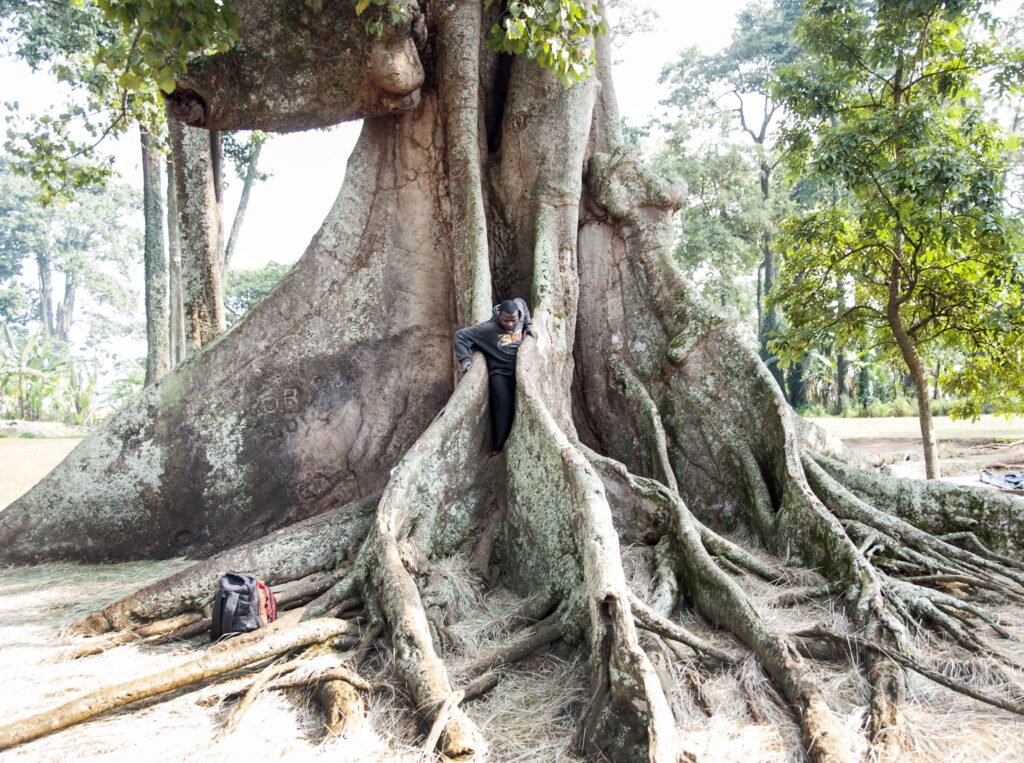
But all of this seemed to be in stark contrast to a notice issued by the Buganda Ministry of Culture, Heritage, Royal Tombs, and Tourism; and which stands prominently in front of the tree as you get to the site. Among the dos and don’ts (spelt out in Luganda) are: no slaughtering animals at the site, no building shrines, no ‘bad manners’, no drugs and alcohol allowed, and one can only spend up to 3 nights at the site.
About a hundred meters from the tree, beyond the house built by the British, is ‘Nakayima’s lake’. Wabwire tells us that every morning Nakayima goes to the lake to take a bath, and no one is supposed to stand in her way, to and fro; and that anyone that dares look at her naked self will disappear into one of the neighbourhood trees. He did not answer when I asked him if anyone had actually ever laid eyes on Nakayima, and subsequently disappeared.
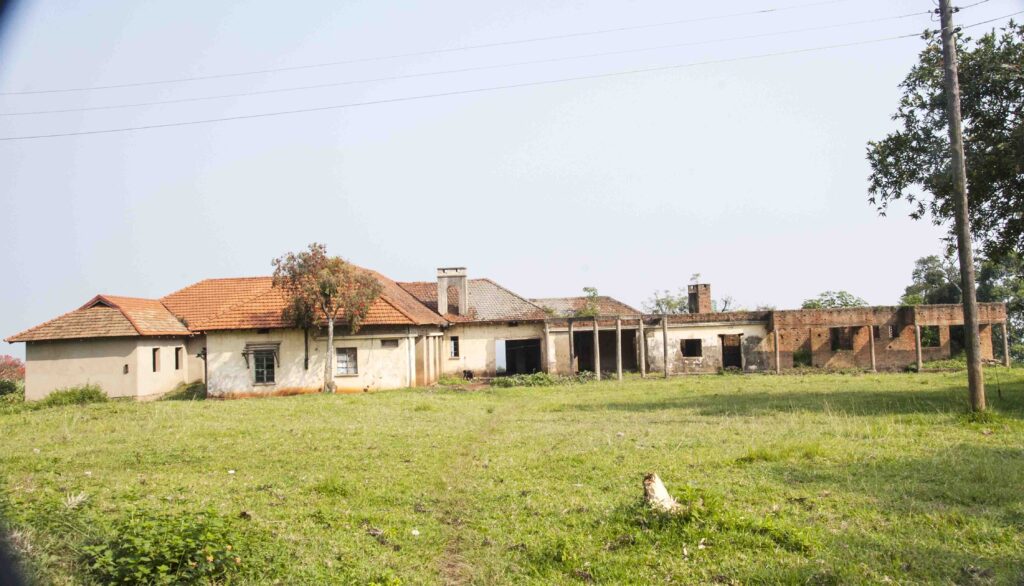
It is said that at one time some scientists went there, did some tests on the tree, and declared it to be between 600 and 700 years old. But Wabwire insists that the tree is more than 1,000 years old, and will still be standing long after all of us are gone. And that Nakayima will continue to bless her devotees.

